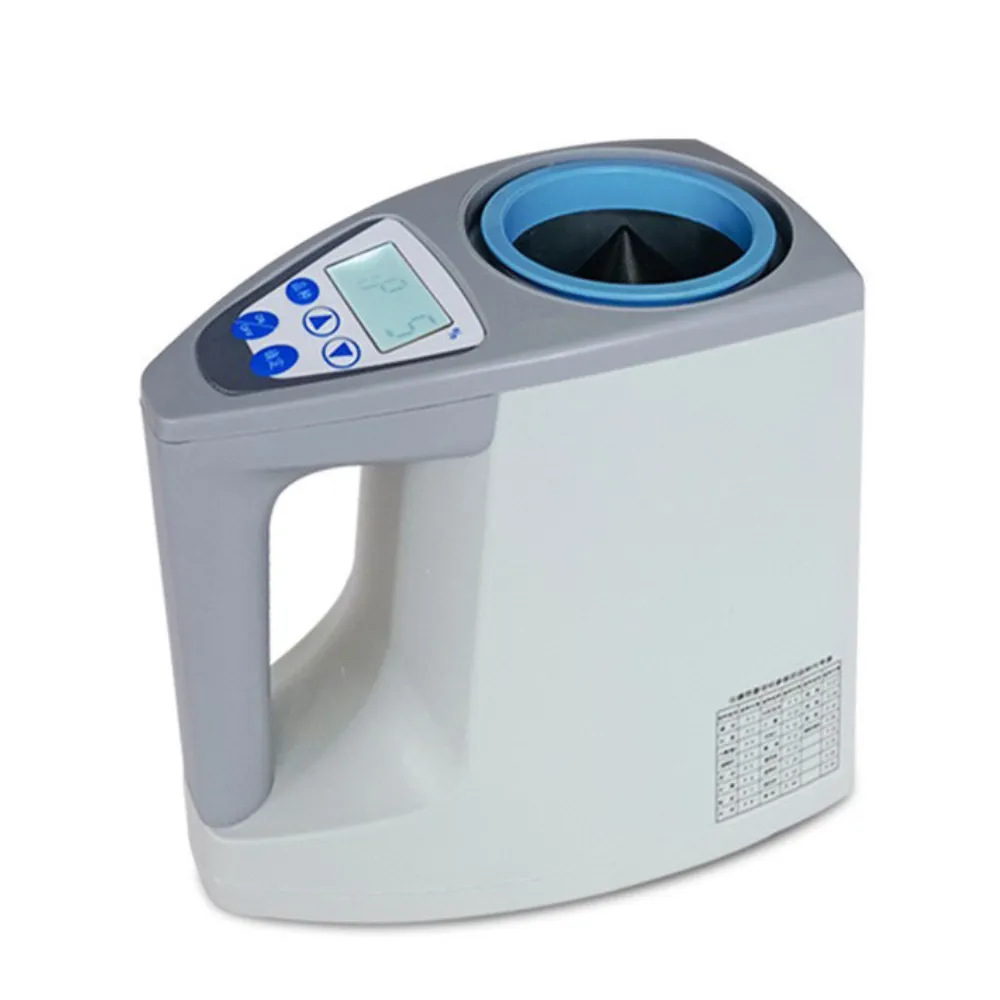
1. What is a Spelt Moisture Meter and why is it important for grain quality?
A Spelt Moisture Meter is a tool used to measure the moisture content in spelt grains. Accurate moisture readings are essential for preventing spoilage, mold growth, and nutrient loss, ensuring that the grains maintain their quality and remain safe for consumption.
2. How does a Spelt Moisture Meter work?
A Spelt Moisture Meter operates by measuring the electrical resistance or capacitance of the grain, which is affected by its moisture content. The meter then converts this measurement into a percentage, giving quick and reliable moisture readings. Regular calibration is necessary to maintain accuracy across different grain types and conditions.
3. What are the benefits of using a Spelt Moisture Meter for storage?
Using a Spelt Moisture Meter helps maintain proper moisture levels during grain storage, preventing spoilage and extending the shelf life of the grains. This tool also helps farmers ensure that their grains meet quality standards, improving their marketability and value.
4. Can small-scale farmers benefit from using a Spelt Moisture Meter?
Yes, small-scale farmers can benefit greatly from using a Spelt Moisture Meter. It is a cost-effective investment that enhances grain quality control, leading to better market prices and increased demand for high-quality, locally produced grains.
